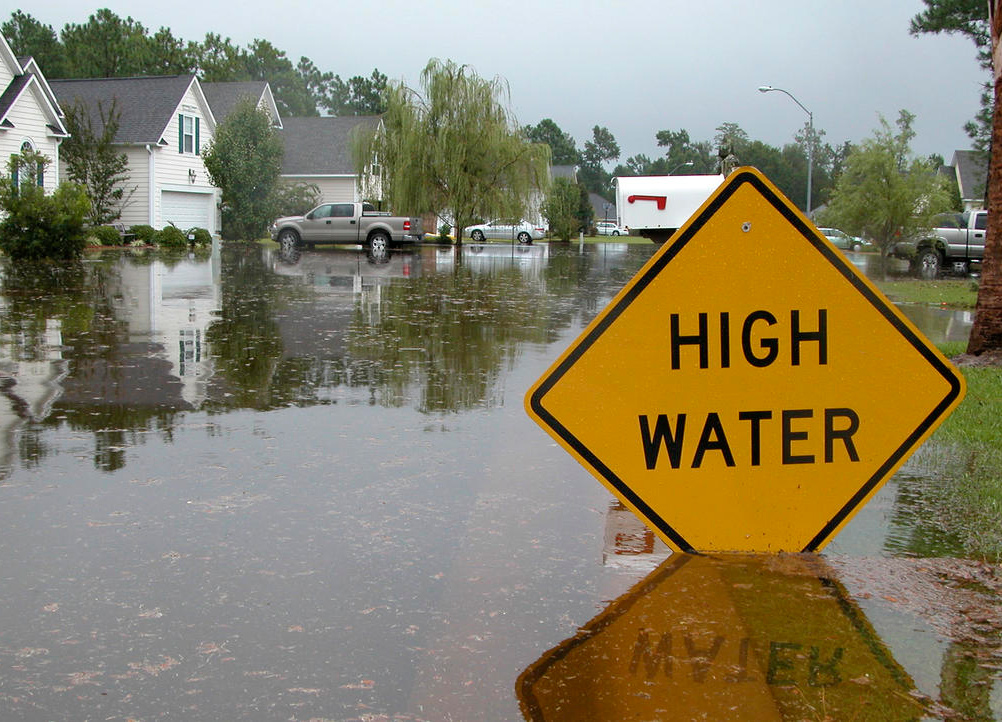Just a single inch of water from flooding can cause costly damage to your home. Here’s what you need to know about insuring against damages caused by flooding either from excessive rain or a natural disaster.
Enter your address below for an instant flood insurance quote.
What Protection Does It Offer?
A standard homeowner’s policy does not cover damages from flooding. A separate flood policy is needed to cover losses to your property caused by flooding, which provides coverage for things such as:
Cost of Coverage
As a homeowner, you can insure your home for up to $250,000 and its contents up to $100,000. For this $250,000/$100,000 building and contents coverage, yearly premiums average $405 in low- to moderate-risk areas. If your home is located in a high-risk area, talk to the professionals at Tooher-Ferraris Insurance Group to determine your premium. While it is up to the property owner to decide if they want to cover the building, if you are a renter, you can cover your belongings up to $100,000.

Stay Protected
Flood insurance means you’ll be reimbursed for all of your covered losses. As long as your community participates in the National Flood Insurance Program (NFIP), you’re eligible to purchase flood insurance.
In general, a policy does not take effect until 30 days after you purchase flood insurance. However, if your lender requires flood insurance in connection with the making, increasing, extending or renewing of your loan, there is no waiting period.
For more information on flood insurance, including premium costs, levels of coverage and the flood risk for your area, visit Floodsmart.gov or contact Tooher Ferraris Insurance Group at (203) 834-5900.
Water Losses and Flood Damage
For your losses to be covered under a flood insurance policy, the following definition of a flood applies:
“A general and temporary condition of partial or complete inundation of two or more acres of normally dry land area or of two or more properties (at least one of which is your property) from: overflow of inland or tidal waters; and unusual and rapid accumulation.”